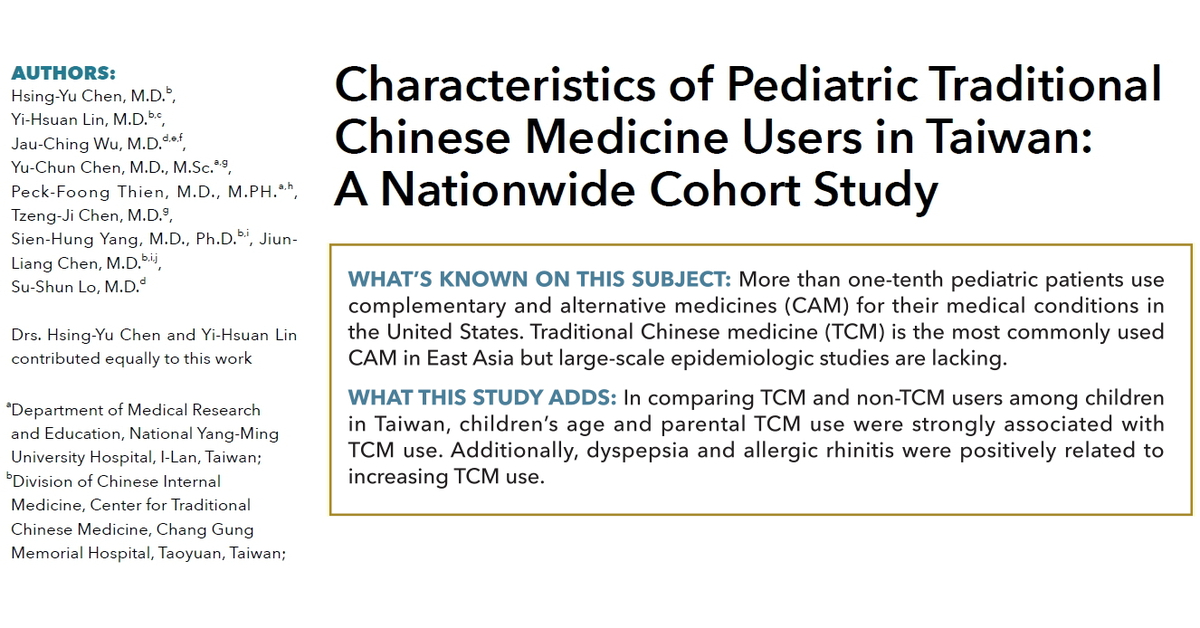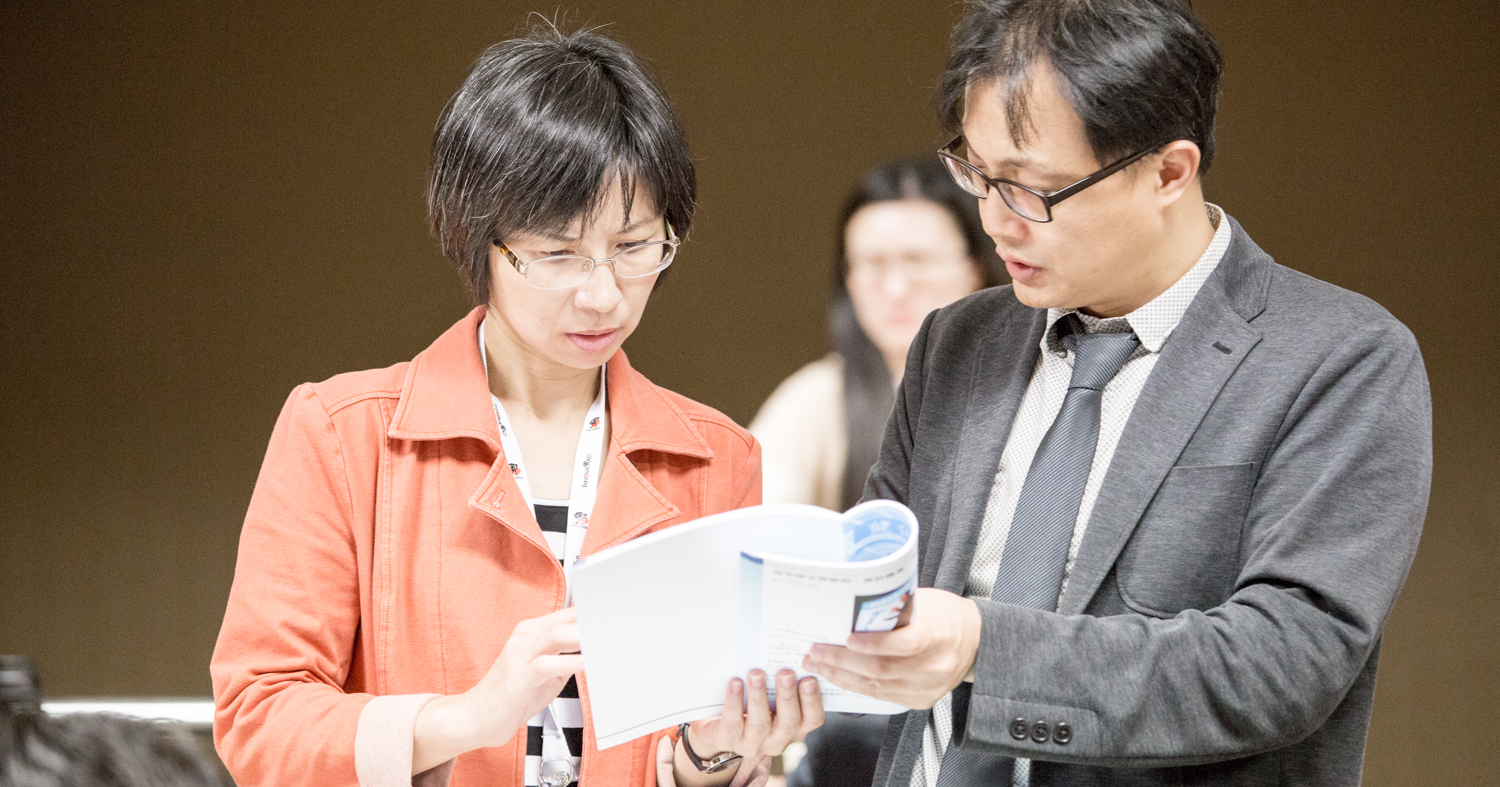
全文下載
指定論文版權說明
新思惟的《健保資料庫工作坊》,使用的是陳育群醫師的研究,作為課程「指定論文」。
多數國際期刊規範,論文的文字與圖片,屬於原作者,但「排版後」的論文,版權屬於雜誌社。所以,不管是教學或商業使用,散佈從期刊網站下載的論文 PDF,並不在授權範圍內。
也就是說,我們有時候,直接把論文 PDF 寄給同事參考,這動作事實上是「違法」的。
新思惟國際,尊重各種形式的智慧財。所以,我們取得陳育群醫師同意後,拿到論文的 MS-Word 版本原稿,委請設計師,用不同的風格,重新排版過。版權由「新思惟國際」回贈給陳育群醫師,並均能獨立使用。
這份論文,將作為這次工作坊的教材。也歡迎您在課堂上,隨時與原作者詢問討論。

論文故事
台灣的全民健保,是全世界唯一「全面給付」中醫的特殊環境,雖然仍有少數自費診所或自費項目,但給付範圍之廣泛,已經是世界之最。在這樣的環境中,當民眾同樣一張卡,能看西醫也能看中醫,患者的自由意志如何決定就醫行為,一直是國際學界很有興趣的。
陳育群醫師,特別使用健保資料庫的百萬抽樣歸人檔,研究 12 歲以下兒科患者,其就醫行為模式為何:他們是誰?特徵是什麼?因為生什麼病而就診?
經過配對,分成「曾使用過中醫組」與「只使用西醫組」做比較,發現:
- 小於 1 歲的新生兒,是最少使用中醫的族群,顯著少於其他年齡組別。
- 「曾使用過中醫組」的孩子,保險更常附掛在媽媽的名下,媽媽常大於 35 歲,有中醫就診經驗,平均收入也較高。
- 孩子們去看中醫的主要原因,最多是過敏、呼吸道疾病、腸胃道疾病與骨骼肌肉疾病。
也就是說,中醫的使用,與患者本身特色和父母因素有關,其中孩童本身的年紀,是影響最大的因素。
其餘細節,就請各位自行閱讀全文囉。
引用
Chen HY, Lin YH, Wu JC, Chen YC, Thien PF, Chen TJ, Yang SH, Chen JL, Lo SS. Characteristics of pediatric traditional Chinese medicine users in Taiwan: a nationwide cohort study. Pediatrics. 2012; 129:e1485-1492.
摘要
BACKGROUND: Traditional chinese medicine (TCM) is one of the most commonly used complementary and alternative medicines. However, there is a paucity of epidemiologic reports on features of pediatric TCM users. As TCM services are fully reimbursed by National Health Insurance in Taiwan, this study used a nationwide cohort database to investigate demographics, diseases patterns, and parents’ characteristics of pediatric TCM users.
METHODS: Children aged <12 years were extracted from the National Health Insurance Research Database for analysis. These pediatric TCM users’ demographics, medical conditions, and reasons for medical services were compared with users of Western medicine by Poisson regression. Children who did not use any medical services were excluded.
RESULTS: Of 107,337 children who were enrolled and followed up in 2005, 19,669 children (18.3%) used TCM. Compared with Western medicine-only users, school-age children (aged 6-12 years), preschool age children (3-5 years), and toddlers (1-2 years) were more likely to use TCM than infants (<1 year; rate ratio = 4.47, 3.66 and 2.59, respectively; P < .001 for all). Parental factors were associated with more TCM use, including female gender, age >35 years, past experience with TCM, and higher income levels. Allergic reactions and respiratory tract, gastrointestinal tract, and musculoskeletal problems were also associated with higher TCM use.
CONCLUSION: The use of TCM was correlated with both patient and parental factors, among which children’s age and parental TCM use were the most prominent. Additional studies on the efficacy of TCM are warranted.
最新活動
